Aug 31, 2021
Day Trips: Wakayama and the Kumano Kodo Trail (Easy)
How many UNESCO Heritage sites do you think that you could fit in a day? One? Two? Three at the most? Well, if you visit Kumano Kodo in the southern Kansai region, then pretty much around every corner, you will see yet another sign pointing you in a UNESCO direction.
Kumano Kodo refers to a network of ancient pathways that allowed pilgrims to travel with ease between the key religious sites of the Kii Peninsula: Hongu Taisha, Hayatama Taisha, and Nachi Taisha, collectively known as Kumano Sanzan. Originally focused on a form of nature worship that is unique to the area, by the 12th century, these shrines had become well known enough that pilgrims came from Kyoto, Osaka, and even further afield to pay their respects, and it was by these trails that they traveled.
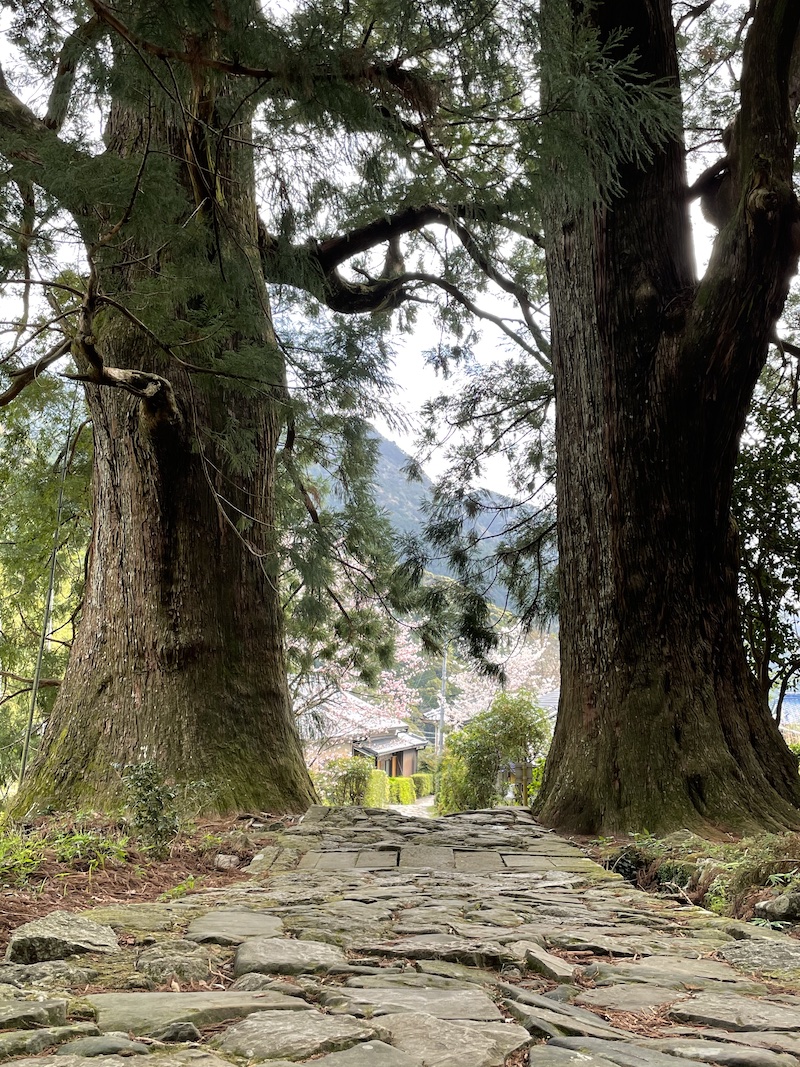
More than a passageway, traveling along the Kodo [meaning ‘old ways’] themselves was supposed to be a religious experience in itself as pilgrims undertook rigorous religious rites of worship and purification along the way, and are the only pilgrimage routes, the Camino de Santiago aside, to be designated a World Heritage site.
Walking these ancient paths is a wonderful way to experience the culture of Kumano’s spiritual landscape. There are a number of routes, some of which can take a few days to cover.
However, if you are not a strong walker or short on time and want a day trip, you can still sample the beauty of the magnificent Kumano Kodo by following the below.
The Trail
From Kii-Katsura station, take a bus (or a taxi if you miss the unfortunately infrequent busses) to the entrance to Daimonzaka, the eastern entrance to the Sankeimichi Nakahechi trail. It is the first experience of the Koda and winds upwards through the ancient trees and relics.
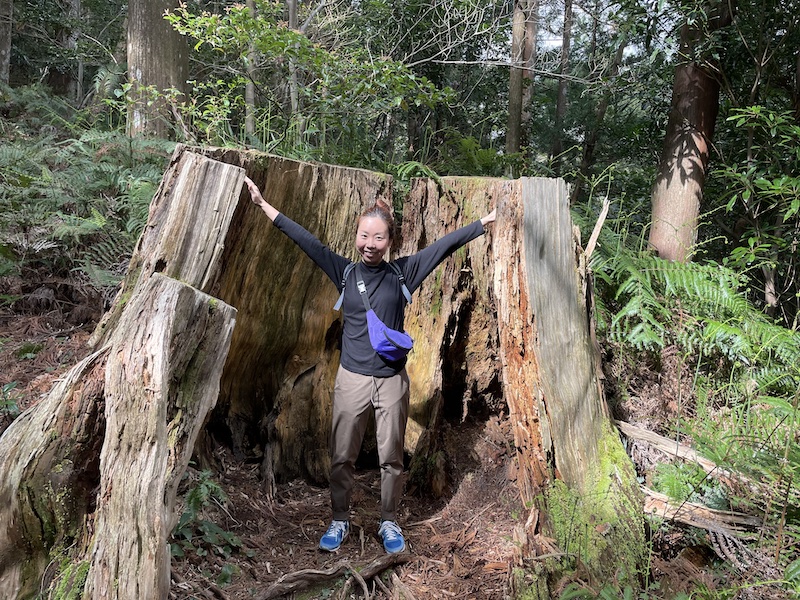
It is probably the most strenuous part of the day, as you wind uphill all the way. Thankfully, like most other trails, it is well maintained with flagstone pathways, though they can become slippery when wet, so walking shoes would be advised (though I did see one rather optimistic woman attempt it in heels…)
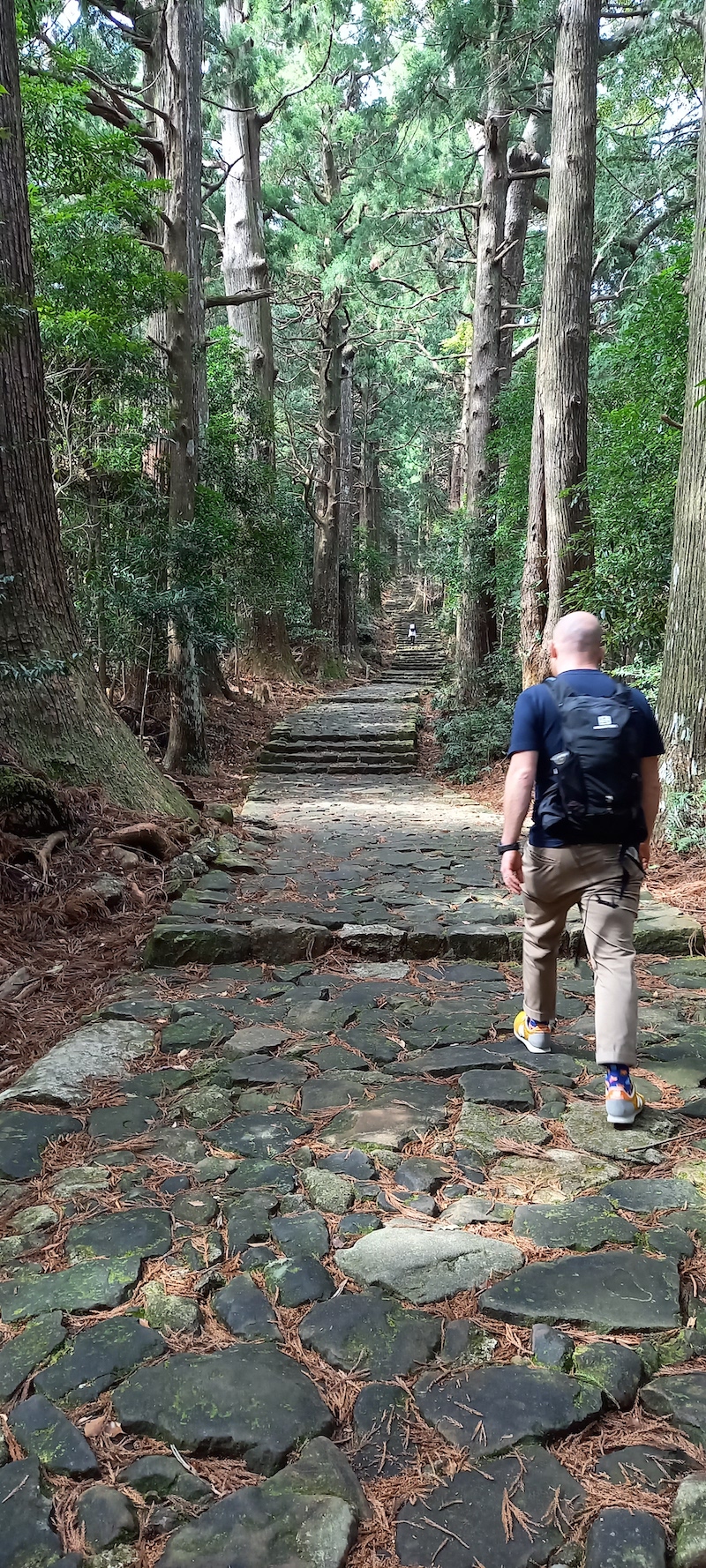
Kumano Nachi Taisha Grand Shrine
At the top of the path, halfway up Nachi Mountain, after a brief wander through a small village and past stores selling pilgrimage trinkets (where I bought some beautiful juzu beads), you arrive at Nachi Taisha one of the famed Kumano Sanzan.
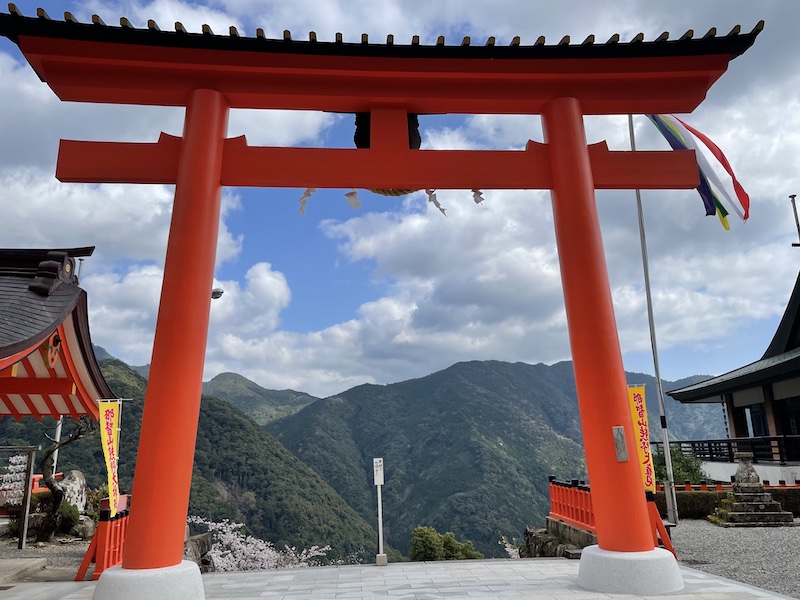
Like many of the religious destinations in the area that predate the arrival of Buddhism in the 6th century, the shrine has its origins in ancient nature worship, in this case of Nachi-no-Otaki. But like most other places of worship in the region, it now exemplifies the fusion of Buddhist and Shinto influences that is particular to the Kumano region, standing as a prime example of Buddhist and Shinto syncretism.
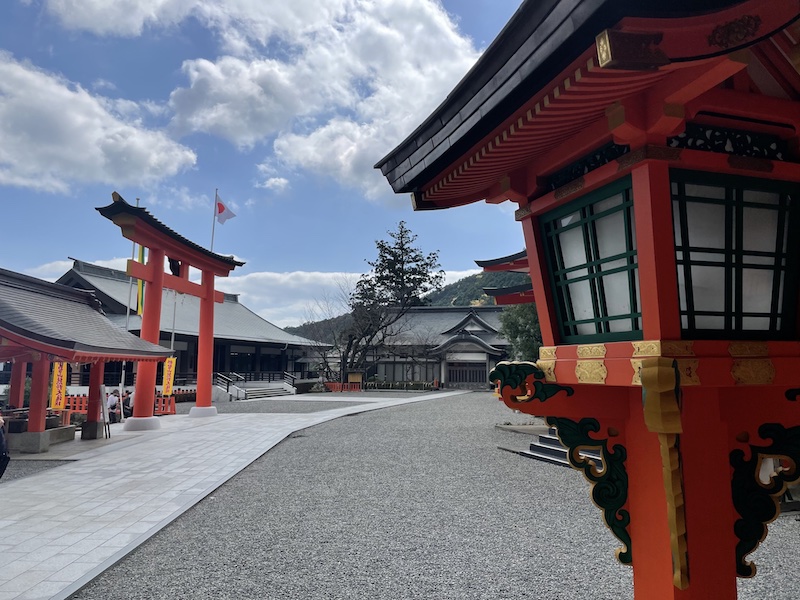
As well as the shrine itself, which homes the deity Izanami-no-Mikoto, there is also the 850-year-old Sacred Camphor Tree. Said to have been planted by Taira-no-Shigemori (1138-1179), it is considered a living god, which makes it feel a little special (or odd, depending on your persuasion) that for a small fee, you can enter into it and make an offer at a small alter within.

Seiganto-Ji
Next door to Nachi Taisha stands the Buddhist Temple of Seiganto-Ji. According to legend, during Emperor Nintoku’s (313 – 399) reign, Ragyō Shōnin, a monk from India, came in search of a suitable place to practice austerities. Coming across Nachi waterfall, and after practicing shugyō, the deity Kannon, Goddess of Mercy, appeared to him at the waterfall’s base, leading him to build a hermitage dedicated to her.
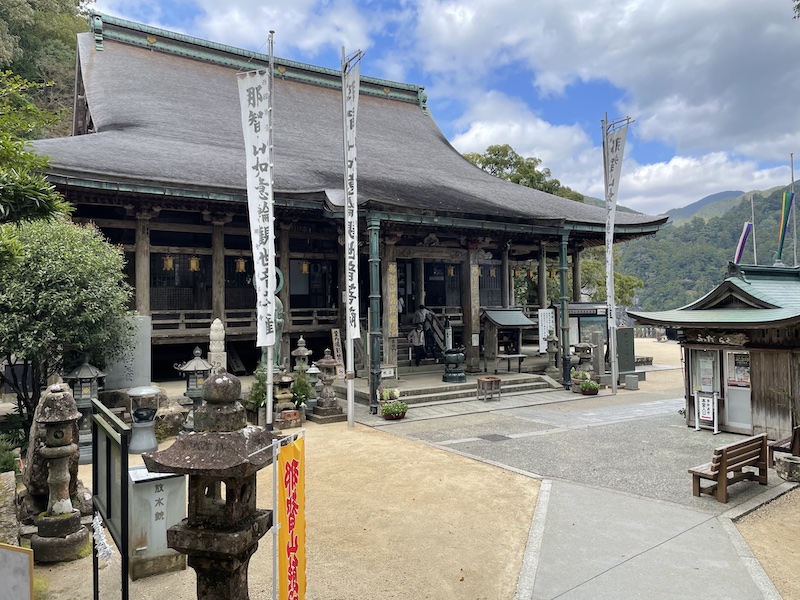
Over the centuries, it became a popular place for followers of Buddhism to practice austerities; with many more appearances of Kannon and being adjoined to Nachi Taisha, it grew in religious importance. Unfortunately, like many of the temples along the pilgrimage route, many of the original buildings were destroyed by Oda Nobunaga in the 16th-century civil wars, though the central temple was rebuilt in 1590 and stands today as the oldest building in the Kumano area.
Nachi Falls
Nestled in an evergreen primeval forest and with a drop of some 133 meters, Nachi falls is the tallest single uninterrupted drop waterfall in Japan and one of the most sacred points in the area. With that said, even for the non-religious, the cacophony of a ton of water cannoning down every second can give you what feels like a spiritual experience.
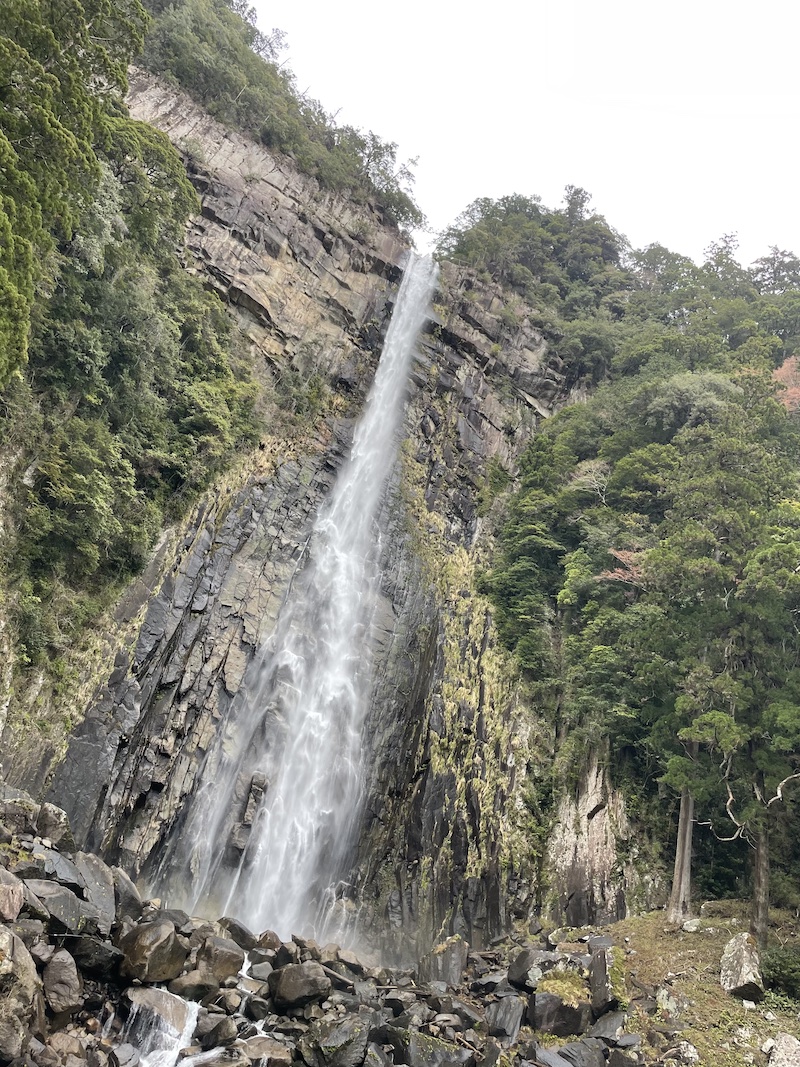
Believed to house a kami called Hiryū Gongen, the falls were once a spot for star-crossed lovers to leap in the belief that they will be reborn into Kannon’s paradise.
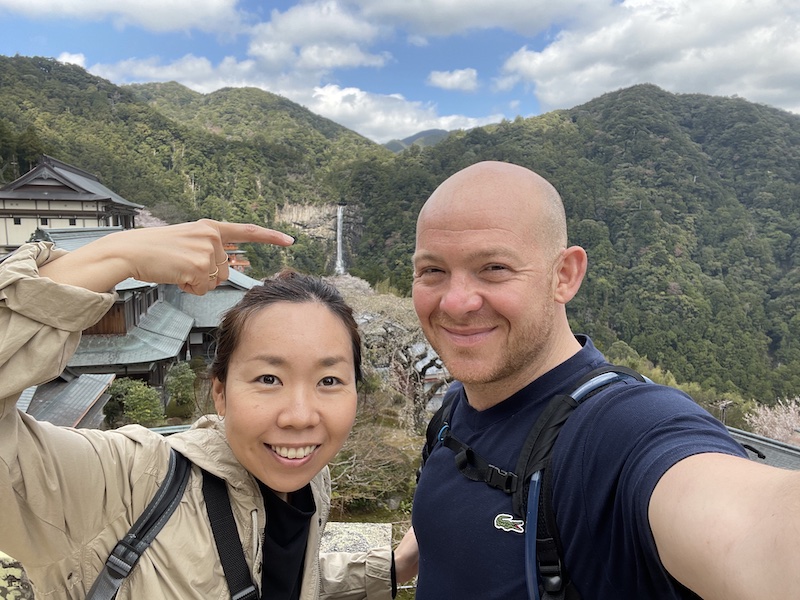
Today, however, it is a beautiful spot that will take your breath away, and for a couple of hundred yen, you can get close in and drink from the life-giving, holy water.

Getting there
Kii-Katsura Station is a three-hour and 45-minute train ride from Nagoya on the JR line. There is a bus that leaves from Nachi Falls that returns to Kii-Katsura Station.
(map)
Images by Mark Guthrie (Own Work)


About the author